Poznań 2024-10-22
Poznań Główny Passenger Locomotive Depot.
Geographic coordinates: 52.388N 16.906E. Elevation 76 m (249.34 ft). Address: Kolejowa Street. Poznań.
Poznań Główny Passenger Locomotive Depot is actually called Poznań Główny Passenger Locomotive Depot. This is an example of the specificity of naming in Wielkopolska, and especially in Poznań. Here, the name “parozoownia” is still used for locomotive depots, and viaducts are called bridges.
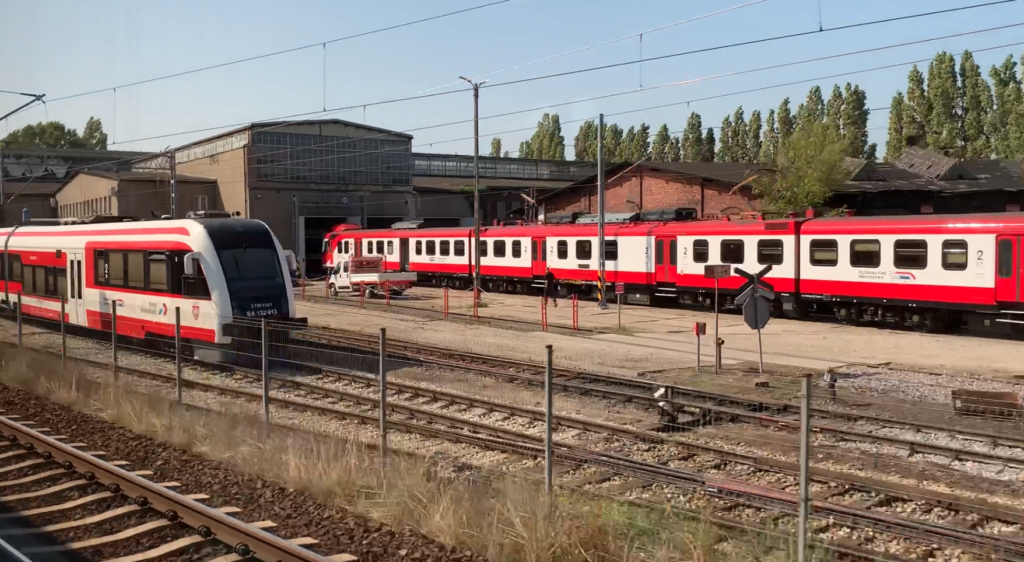
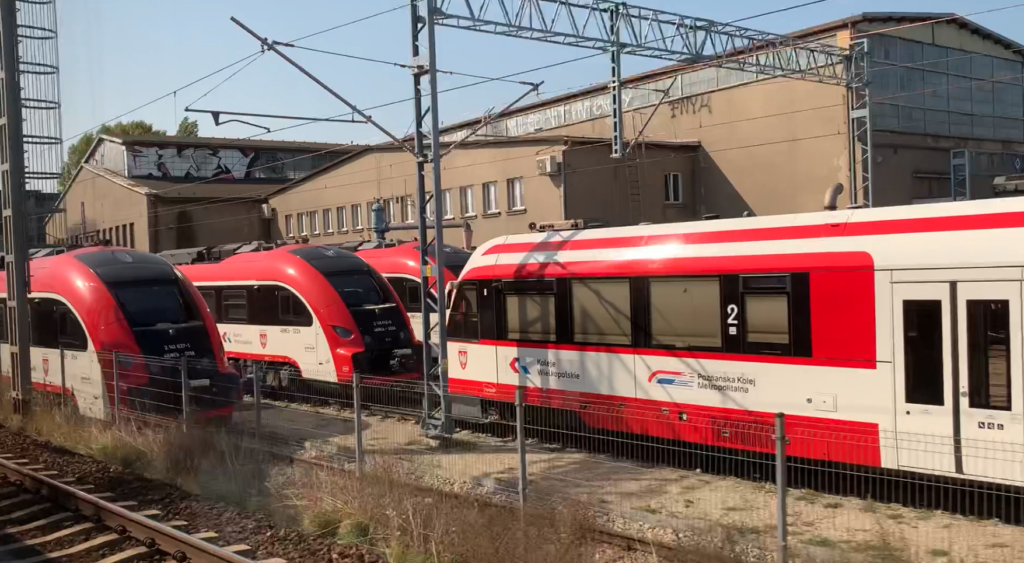
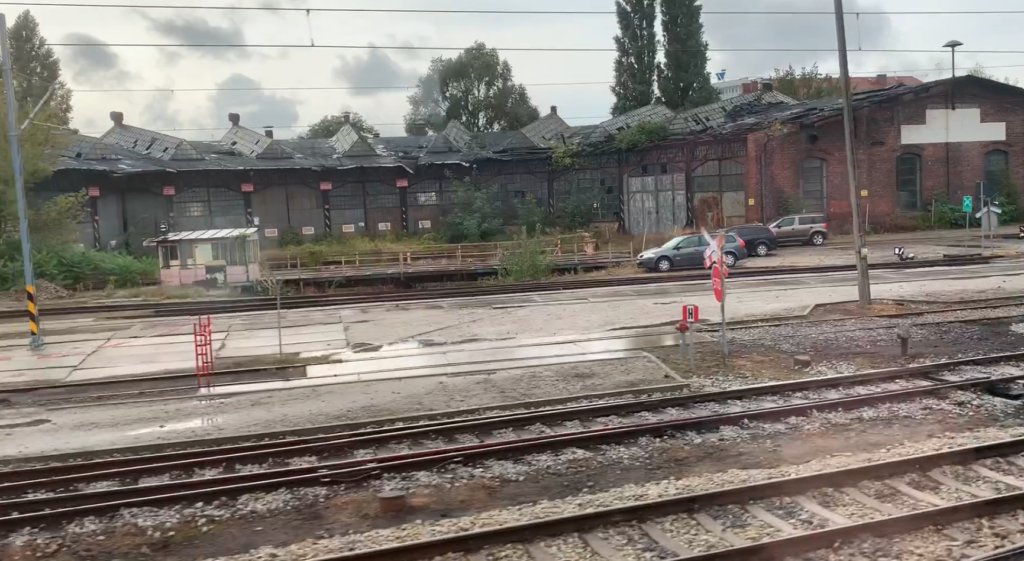
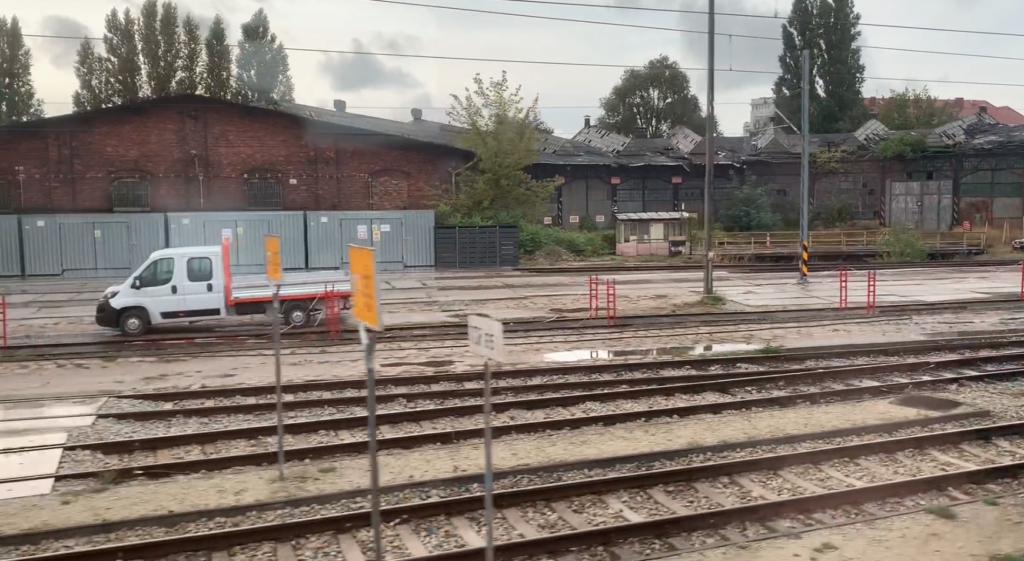
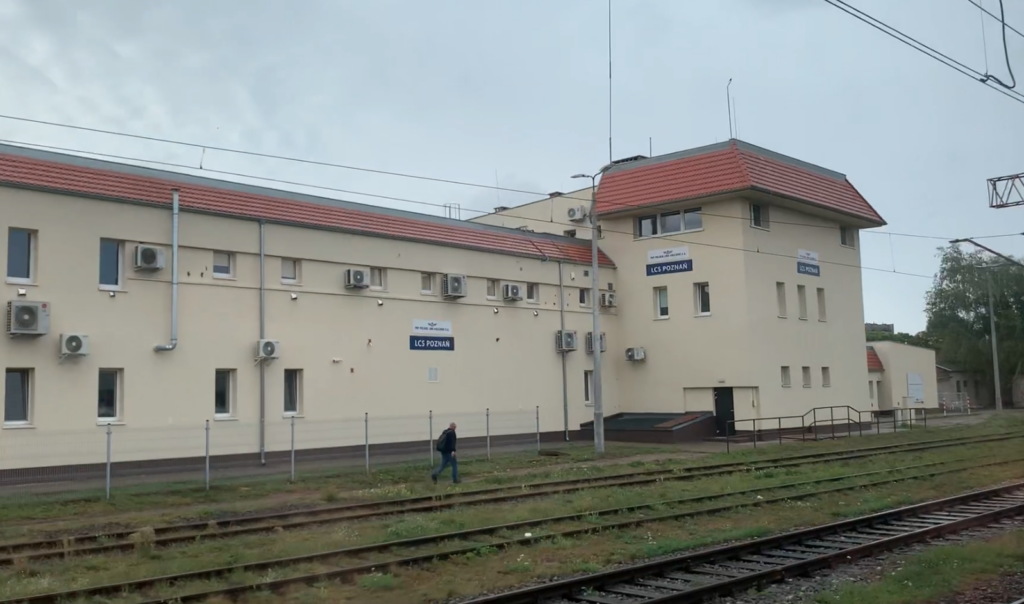
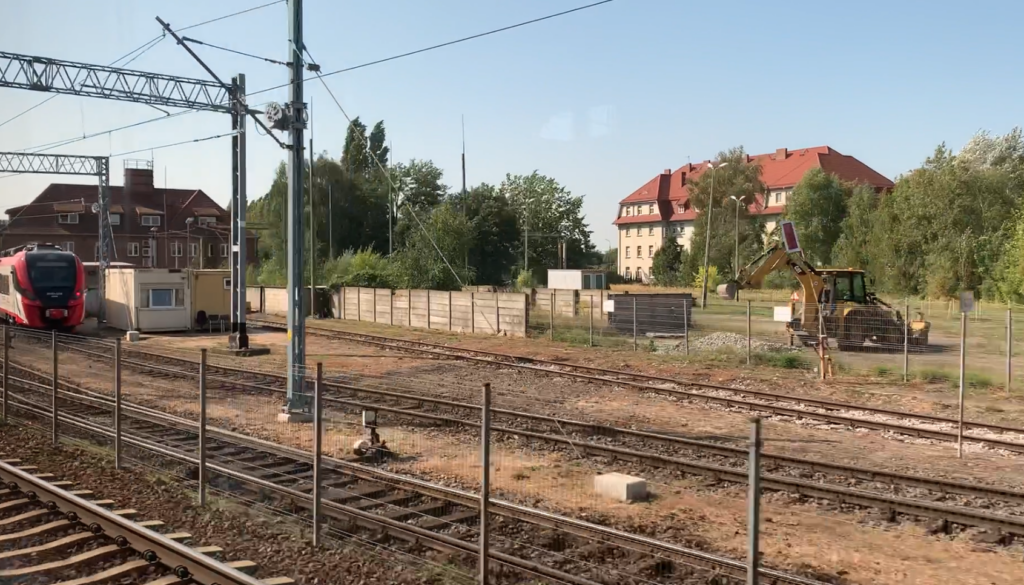
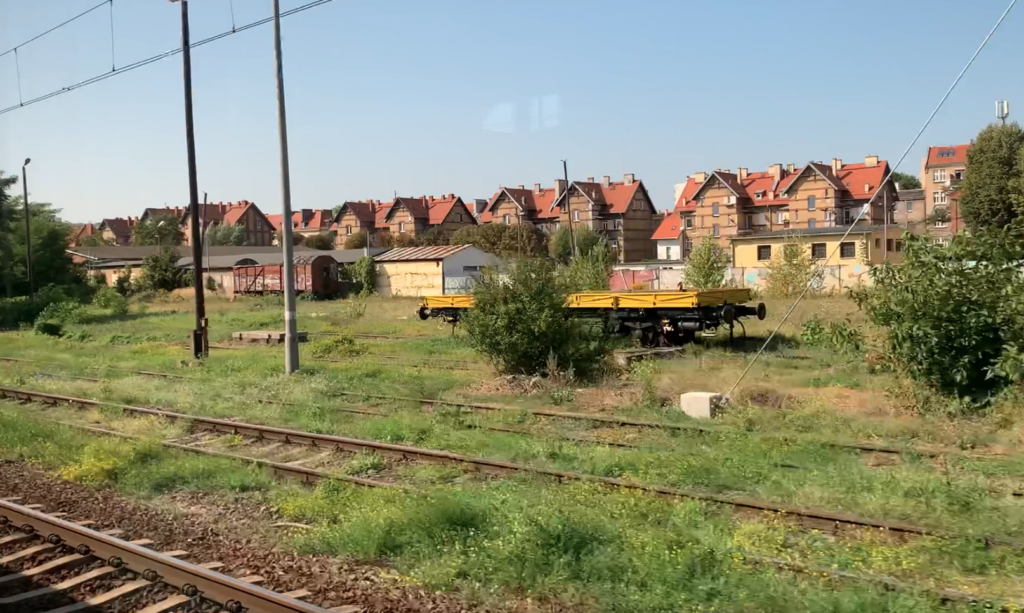
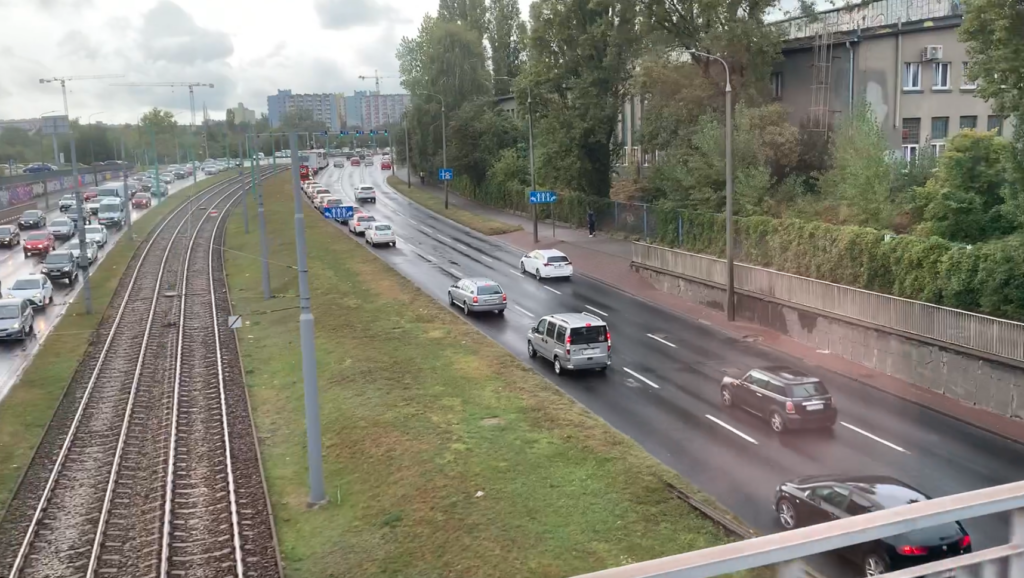
The locomotive depot is located in the Łazarz district, on the railway lines running from the Poznań Główny passenger station to the south, on the western side of the railway lines. From the south, the locomotive depot is limited by Hetmańska Street (a dual carriageway with a tram track, DW No. 196 and DW No. 433). From the west, it is limited by Kolejowa Street. Nearby, on the eastern side of the railway line, there is a large station level of the former freight station. The track has already been dismantled, and the area is overgrown with self-sown trees and shrubs.
The locomotive depot was put into operation in 1892, as a fan-shaped structure with a turntable. Inside, there were 22 positions for servicing steam locomotives. A workshop building was adjacent to the building. In the period 1941-1942, during the German occupation, the locomotive shed was expanded for war purposes. Around 2010, the fan-shaped building was abandoned by PKP. Because the building was threatened with demolition, it was entered on the list of technical monuments, under registration number 967/Wlkp/A on July 9, 2015. Currently, 2024, the building is waiting for renovation. The way of using it is being considered. One of the ideas is to fund the Poznań Railway Junction Museum.
The first turntable probably had a diameter of 16.20 m. At the beginning of the 20th century, it was enlarged to 20.00 m. In 1969, a new turntable was installed, 22.00 m long.
Coal entanglements, water cranes, a cleaning channel for steam locomotives were placed on the locomotive shed. In 1919, a storage building was built. Around 1910, a workshop wing was added to the fan hall. In 1921, the workshops were enlarged. In 1925, a compressor room was built.
In the period 1941-1942, during the German occupation, the locomotive shed was expanded for war purposes. In 1941, a two-story control room building was built. Two more steam locomotive maintenance lines were built, with technical facilities. This allowed for servicing several steam locomotives at the same time; cleaning the furnace, cleaning the smoke box, coaling, watering, adding chemicals to water, greasing and oiling, servicing the sandbox. The coal entanglements were equipped with additional cranes. There were additional cleaning and inspection channels. There was a sand dryer and a sand tower.
In the period 1943-1944, from the side of today’s Hetmańska Street, a new rectangular locomotive shed was built. The locomotive shed had three bays. It was equipped with a steam locomotive shifter, which was used to move steam locomotives between service stations. There was also a trapdoor for changing wheel sets. The locomotive shed had 27 stations. A new transformer station and electric switchboard were built for the locomotive shed. An underground storage facility for oils and lubricants was built.
In 1966, the locomotive shed began servicing diesel rolling stock; SM 30, SM40/41, ST43 locomotives. In 1968, electric locomotives began to be serviced, and a little later EZTs; initially EZT EN57. Currently (2024), the locomotive shed serves EZTs manufactured by the PESA “elf” factory and the NEWAG “impuls” factory. These are trains operated by Koleje Wielkopolskie.
Koleje Wielkopolskie is a Polish rail carrier, established on September 28, 2009, by the local government of the Wielkopolska province, to perform regional transport in Wielkopolska and partially in the provinces of Łódź, Lubuskie and Kuyavian-Pomerania.
Next to the locomotive shed is the PKP Cargo office building. A little further north, also on Kolejowa Street, there is a housing estate of railway apartment blocks. The first of these blocks were built after the Great World War, which means they are the heritage of Reborn Poland. Currently (2024), the KOLEJOVA1 investment is being built on Kolejowa Street, which combines residential, service and recreational buildings. The investment combines modernity, while maintaining a reference to the rich history of this place and maintaining the unique atmosphere of Łazarz. This is an investment that also includes the renovation of historic architectural elements in this location.
Written by Karol Placha Hetman
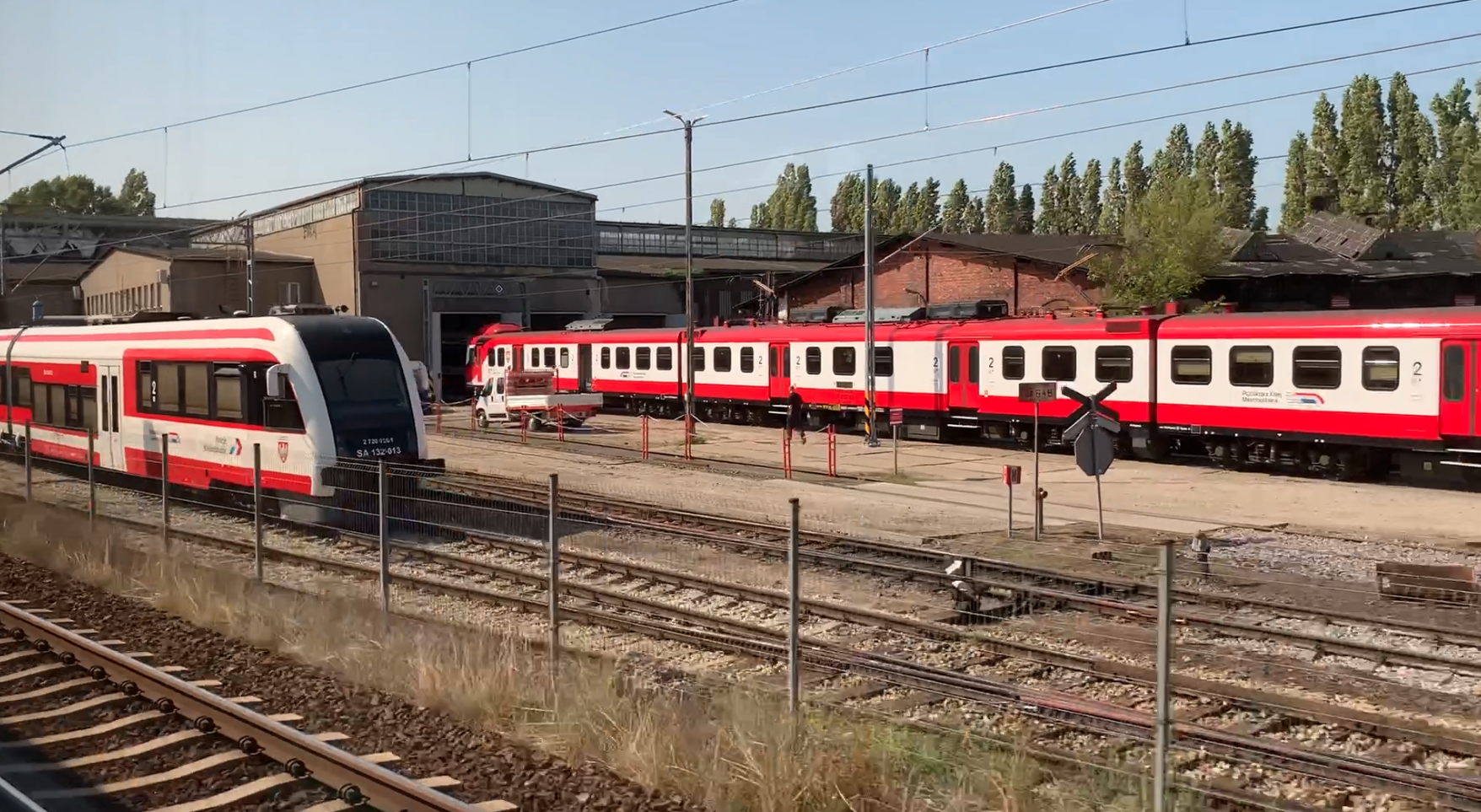
Leave a Reply
You must be logged in to post a comment.